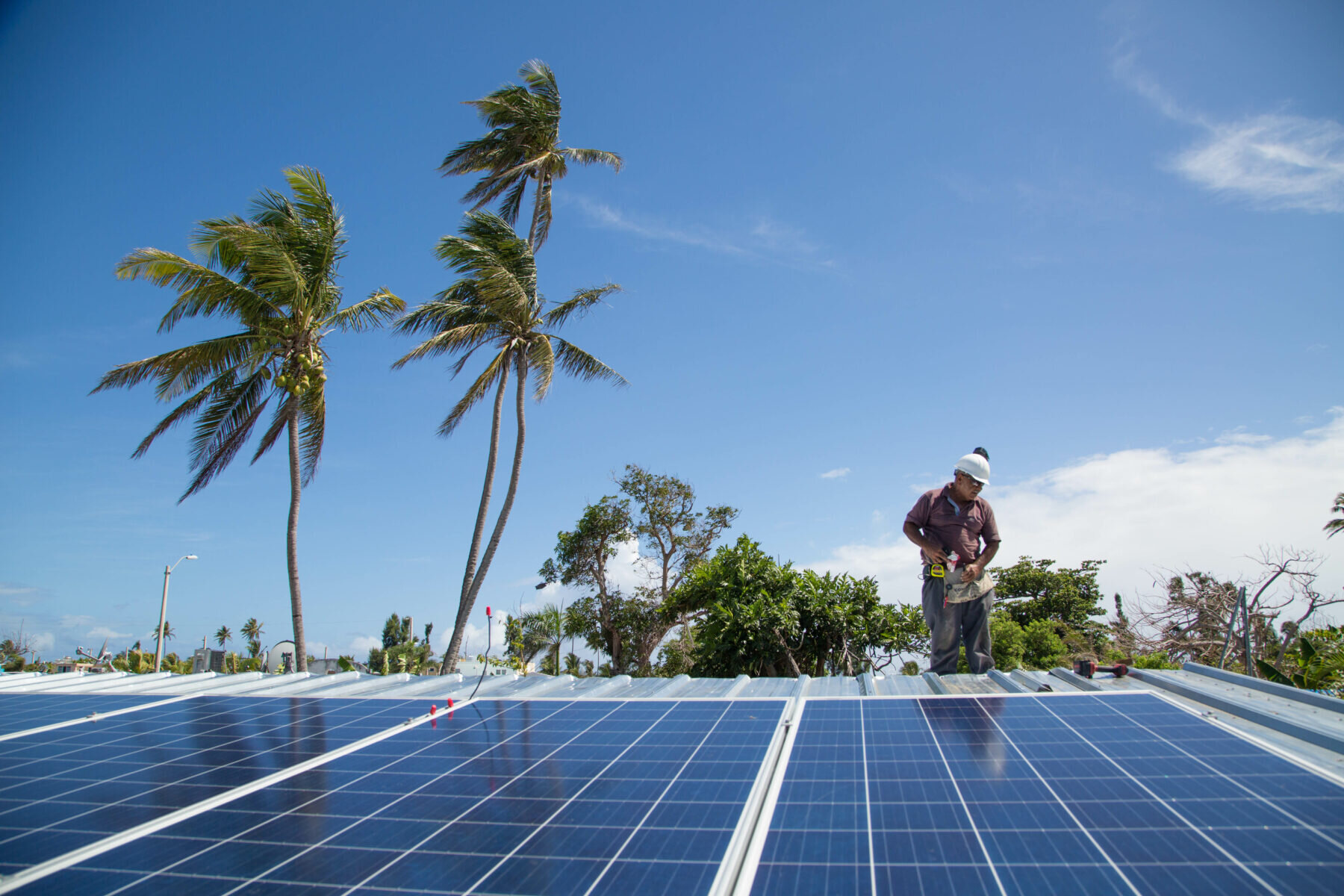
Introduction
Solar energy has emerged as a crucial component in disaster preparedness and resilience efforts. This article delves into the historical background, key concepts and definitions, main discussion points, case studies, current trends or developments, challenges or controversies, and the future outlook of solar energy in disaster management.
Historical Background
The evolution of solar energy utilization in disaster management has been marked by significant advancements. Historical examples of solar energy’s role in disaster response and recovery efforts serve as key reference points for understanding its importance in modern times.
Key Concepts and Definitions
To comprehend the role of solar energy in disaster preparedness and resilience, it is crucial to define and explain solar energy, disaster preparedness, resilience, and how solar energy contributes to these efforts.
Main Discussion Points
Solar energy serves as a reliable power source during disasters. It offers numerous benefits in providing electricity during power outages and can generate electricity even in cloudy conditions. Additionally, solar power systems equipped with battery storage systems ensure a continuous power supply.
Solar energy is also essential for emergency communication and information dissemination. Solar-powered communication systems and charging stations for mobile devices play a vital role in ensuring uninterrupted communication channels when traditional power sources are unavailable.
Furthermore, solar energy contributes to water and food security in disaster-prone areas. Solar-powered water purification systems offer a sustainable and energy-efficient method for ensuring clean drinking water. Solar energy can also be used for agriculture and food production, providing a reliable source of food even in times of crisis.
Case Studies or Examples
Case study 1 highlights the use of solar-powered microgrids in Puerto Rico after Hurricane Maria. These microgrids provided a reliable and decentralized source of power, reducing dependence on the damaged traditional power grid.
Case study 2 focuses on solar-powered water desalination plants in drought-prone regions. These plants convert seawater or brackish water into clean drinking water, ensuring water security in areas facing water shortages.
Current Trends or Developments
There is a growing trend of adopting solar energy solutions in disaster-prone regions. Governments and communities recognize the value of solar energy in enhancing resilience and preparedness, leading to the installation of solar panels in critical infrastructure such as hospitals, emergency shelters, and communication centers.
The integration of solar energy with smart grid systems is a promising development. Smart grids enable effective management and distribution of electricity, optimizing the utilization of solar energy resources for a reliable and resilient energy supply during disasters.
Research findings highlight the effectiveness of solar energy in disaster preparedness and resilience. These studies emphasize the importance of incorporating solar energy solutions into disaster management strategies for enhanced resilience.
Challenges or Controversies
The cost and affordability of solar energy systems pose challenges in implementing solar energy solutions in disaster-prone areas. However, advancements in solar technology and decreasing costs are making solar energy systems more accessible and affordable over time.
Regulatory and policy challenges can hinder the implementation of solar energy solutions. Addressing these challenges requires the development of favorable policies and streamlined processes to encourage the adoption of solar energy in disaster management.
Skepticism and resistance towards renewable energy alternatives still exist despite proven benefits. Raising awareness and educating communities about the advantages and reliability of solar energy can help overcome these barriers.
Future Outlook
The future outlook for solar energy in disaster management is promising. Advancements in technology and decreasing costs are expected to increase the adoption of solar energy solutions in disaster-prone areas.
The integration of solar energy with other renewable energy sources offers enhanced resilience. By combining different renewable energy technologies, communities can diversify their energy sources, ensuring a reliable and sustainable energy supply during disasters.
Ongoing technological advancements and innovations in solar energy applications will drive further progress in disaster preparedness. Improved solar panel efficiency, battery storage systems, and smart grid technologies will contribute to the development of more effective and efficient solar energy solutions.
Conclusion
Solar energy plays a crucial role in disaster preparedness and resilience efforts. Its reliability as a power source, ability to facilitate communication and information dissemination, and contribution to water and food security make it a valuable asset in disaster-prone areas. Despite challenges related to cost, regulations, and skepticism, solar energy has proven its effectiveness in numerous case studies and research findings. The future outlook for solar energy in disaster management is promising, with potential growth, integration with other renewable energy sources, and technological advancements driving progress.